Home>Furniture & Design>Interior Design Trends>How Long After A Glass Of Wine Can I Take Benadryl
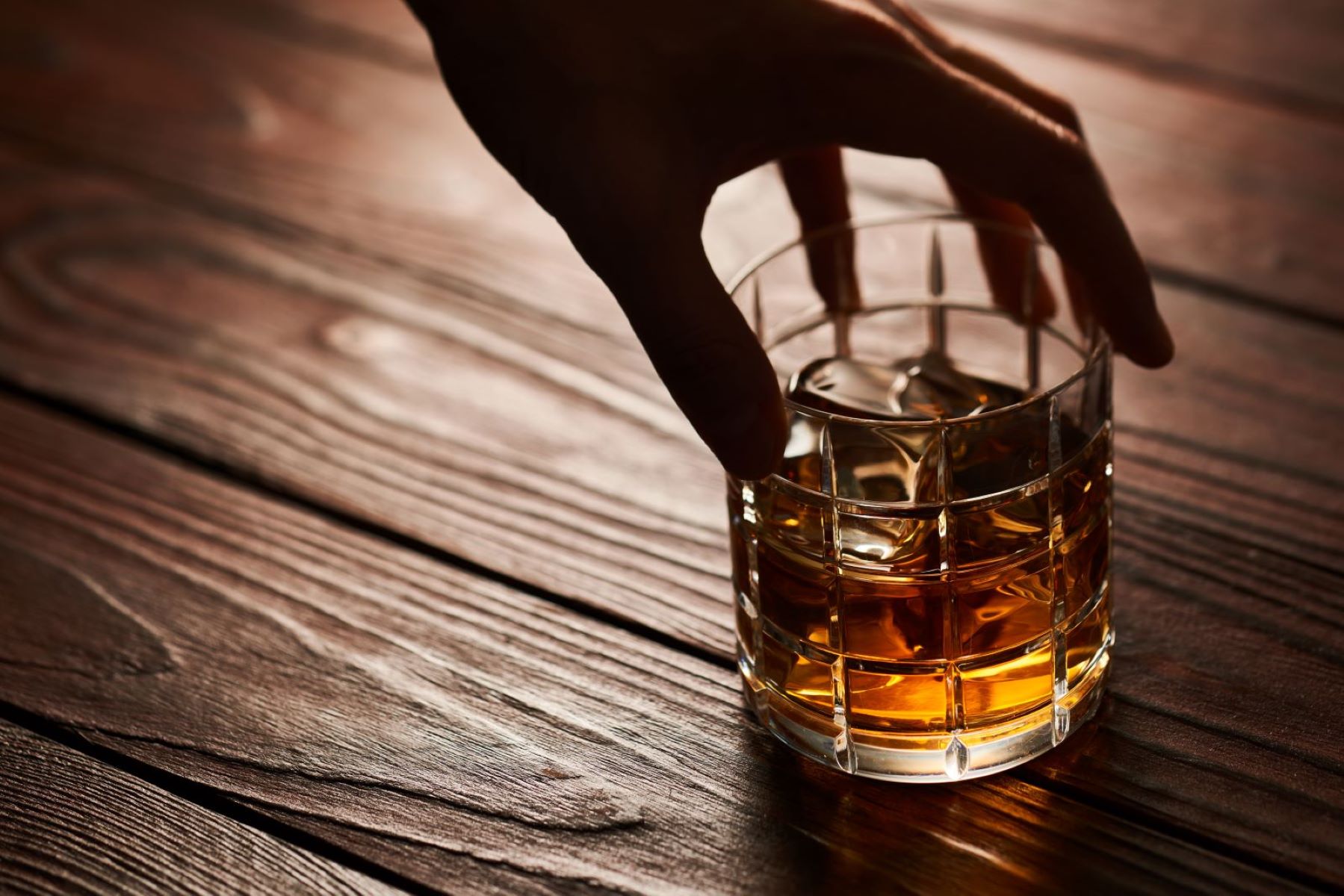

Interior Design Trends
How Long After A Glass Of Wine Can I Take Benadryl
Published: February 3, 2024
Discover the latest interior design trends and learn how long after a glass of wine you can safely take Benadryl. Explore expert advice and tips.
(Many of the links in this article redirect to a specific reviewed product. Your purchase of these products through affiliate links helps to generate commission for Storables.com, at no extra cost. Learn more)
Introduction
When it comes to enjoying a glass of wine and managing allergies, it's essential to understand the potential interactions between alcohol and medications like Benadryl. Both substances can have significant effects on the body, and combining them requires careful consideration. Whether you're unwinding with a glass of your favorite vintage or seeking relief from allergy symptoms, it's crucial to be aware of how these two elements may interact within your system.
Understanding the impact of alcohol and Benadryl on the body is essential for making informed decisions about consumption and medication use. By exploring the effects of these substances and the factors that influence their interaction, you can gain valuable insights into the recommended wait time between consuming alcohol and taking Benadryl. This knowledge empowers you to make responsible choices that prioritize your well-being and health.
As we delve into the effects of alcohol and Benadryl and the factors that influence their interaction, you'll discover the considerations that can guide your decision-making process. By gaining a deeper understanding of these elements, you'll be better equipped to navigate the delicate balance between enjoying a glass of wine and managing your allergy symptoms effectively.
Key Takeaways:
- Enjoying a glass of wine and taking Benadryl require a 4-6 hour wait to avoid extra drowsiness and impaired coordination. It’s like giving your body time to sober up before taking allergy medicine.
- Factors like metabolism and health conditions influence how long you should wait between wine and Benadryl. It’s like waiting for the right moment to take your medicine for the best results.
Effects of Alcohol and Benadryl
Alcohol and Benadryl, when consumed separately, can each have notable effects on the body. Alcohol is a central nervous system depressant that can induce relaxation and a sense of euphoria. However, it can also impair cognitive function, coordination, and judgment. On the other hand, Benadryl, an antihistamine, is commonly used to alleviate allergy symptoms such as sneezing, itching, and hives. It works by blocking the action of histamine, a substance in the body that contributes to allergic reactions.
When alcohol and Benadryl are combined, their effects can be amplified and may lead to increased drowsiness, dizziness, and impaired motor skills. Both substances have sedative properties, and their interaction can heighten these effects, potentially resulting in excessive drowsiness or even loss of consciousness. This interaction can also lead to an increased risk of accidents or injuries, particularly when engaging in activities that require alertness and coordination, such as driving or operating machinery.
Furthermore, the combination of alcohol and Benadryl can impact cognitive function, potentially leading to confusion, difficulty concentrating, and memory impairment. These effects can be particularly concerning for individuals who need to perform tasks that demand mental acuity and focus.
It's important to note that the effects of alcohol and Benadryl can vary from person to person, depending on factors such as individual tolerance, age, weight, and overall health. Additionally, the potential for adverse effects may be influenced by the amount of alcohol consumed and the dosage of Benadryl taken.
Understanding the combined effects of alcohol and Benadryl is crucial for making informed decisions about their simultaneous use. By being aware of the potential interactions and their impact on the body, individuals can take proactive measures to prioritize their well-being and safety. This knowledge empowers individuals to make responsible choices regarding alcohol consumption and medication use, ensuring that they can enjoy a glass of wine or manage allergy symptoms without compromising their health.
Factors Affecting the Interaction
Several factors play a crucial role in influencing the interaction between alcohol and Benadryl, ultimately determining the extent of their combined effects on the body. Understanding these factors is essential for individuals seeking to make informed decisions about the timing of consuming alcohol and taking Benadryl.
-
Individual Tolerance and Sensitivity: Each person's tolerance to alcohol and sensitivity to medications like Benadryl can vary significantly. Factors such as age, weight, overall health, and genetic predisposition can influence how an individual responds to the combined effects of alcohol and Benadryl. Those with lower tolerance levels may experience heightened drowsiness and impairment, even with relatively small amounts of alcohol and Benadryl.
-
Dosage and Timing: The specific dosage of Benadryl and the timing of its consumption in relation to alcohol intake can significantly impact the interaction between the two substances. Higher doses of Benadryl, especially when combined with alcohol, can intensify sedative effects, leading to increased drowsiness and impairment. Additionally, the timing of Benadryl consumption in relation to alcohol intake can influence the body's ability to metabolize both substances, potentially prolonging their combined effects.
-
Health Conditions and Medications: Individuals with certain health conditions or those taking other medications should be particularly cautious about combining alcohol and Benadryl. Pre-existing medical conditions, such as liver disease or respiratory disorders, can affect the body's ability to process alcohol and medications, potentially exacerbating their combined effects. Additionally, interactions between Benadryl and other medications, including prescription and over-the-counter drugs, can further amplify the sedative effects and pose additional health risks.
-
Metabolism and Elimination Rate: Variations in metabolism and the rate at which the body eliminates alcohol and Benadryl can influence the duration and intensity of their interaction. Factors such as liver function and individual metabolic differences can impact how quickly the body processes alcohol and medications. Slower metabolism may prolong the presence of both substances in the body, leading to extended sedative effects and impairment.
-
Alcohol Content and Type: The alcohol content and type of beverage consumed can also affect the interaction with Benadryl. Beverages with higher alcohol content, such as spirits, may result in more pronounced effects when combined with Benadryl compared to lower-alcohol options. Additionally, the presence of other ingredients in certain alcoholic beverages, such as caffeine or sugar, can further influence the body's response to the combined effects of alcohol and Benadryl.
By considering these factors, individuals can gain valuable insights into the complexities of the interaction between alcohol and Benadryl. This understanding enables them to make informed decisions about the timing of consuming alcohol and taking Benadryl, ultimately prioritizing their well-being and safety.
It is generally recommended to wait at least 4-6 hours after drinking a glass of wine before taking Benadryl. This is to avoid any potential interactions between the alcohol and the medication. Always consult with a healthcare professional for personalized advice.
Recommended Wait Time
Determining the recommended wait time between consuming a glass of wine and taking Benadryl involves careful consideration of various factors to ensure the safety and effectiveness of both substances. While there is no universally applicable wait time that suits every individual, understanding the interaction dynamics and considering personal factors can guide the decision-making process.
The effects of alcohol and Benadryl can vary in duration and intensity based on individual tolerance, dosage, and metabolism. As such, a general guideline for the recommended wait time can provide valuable insights into minimizing potential risks and optimizing the therapeutic benefits of Benadryl without compromising the enjoyment of a glass of wine.
In general, it is advisable to wait at least 4-6 hours after consuming alcohol before taking Benadryl. This timeframe allows for the gradual metabolism and elimination of alcohol from the body, reducing the risk of intensified sedative effects when combined with Benadryl. Waiting for this duration can help mitigate the potential for excessive drowsiness, impaired cognitive function, and compromised motor skills, promoting a safer and more effective experience when using Benadryl to manage allergy symptoms.
However, individual variations in factors such as metabolism, health conditions, and sensitivity to medications can influence the optimal wait time for each person. Those with slower metabolism or underlying health concerns may benefit from extending the wait time beyond the general recommendation to ensure that the effects of alcohol have sufficiently dissipated before taking Benadryl. Conversely, individuals with faster metabolism and higher tolerance levels may find that a shorter wait time still allows for the safe and effective use of Benadryl after consuming alcohol.
It is essential to consider the specific circumstances and individual factors when determining the appropriate wait time between alcohol consumption and Benadryl intake. Consulting with a healthcare professional can provide personalized guidance based on individual health considerations, ensuring that the wait time aligns with the individual's unique needs and circumstances.
By adhering to a recommended wait time and considering personal factors, individuals can navigate the interaction between alcohol and Benadryl responsibly, prioritizing their well-being and safety while managing allergy symptoms and enjoying occasional indulgences.
In summary, understanding the recommended wait time between consuming alcohol and taking Benadryl is essential for making informed decisions that balance the enjoyment of alcoholic beverages with the safe and effective use of medication. By considering individual factors and adhering to general guidelines, individuals can optimize the benefits of Benadryl while minimizing potential risks associated with the interaction with alcohol.
Conclusion
In conclusion, the interaction between alcohol and Benadryl underscores the importance of informed decision-making and responsible consumption. Understanding the combined effects of these substances and the factors that influence their interaction is crucial for individuals seeking to manage allergy symptoms effectively while enjoying occasional indulgences.
By recognizing the potential amplification of sedative effects and impairment when alcohol and Benadryl are combined, individuals can make conscious choices that prioritize their well-being and safety. Factors such as individual tolerance, dosage, health conditions, metabolism, and alcohol content play pivotal roles in shaping the dynamics of this interaction, highlighting the need for personalized consideration.
The recommended wait time of 4-6 hours between consuming alcohol and taking Benadryl serves as a general guideline to mitigate potential risks and optimize the therapeutic benefits of the medication. However, individual variations necessitate a nuanced approach, with careful attention to personal factors and, when necessary, consultation with healthcare professionals to determine an appropriate wait time tailored to individual needs.
Ultimately, the goal is to strike a balance between enjoying a glass of wine and effectively managing allergy symptoms, all while minimizing potential adverse effects. By integrating knowledge of the interaction between alcohol and Benadryl with individual considerations, individuals can navigate these elements responsibly, ensuring that their choices align with their well-being and health.
In essence, the interaction between alcohol and Benadryl underscores the significance of informed decision-making, personalized considerations, and a commitment to prioritizing health and safety. By embracing these principles, individuals can confidently navigate the delicate balance between occasional indulgences and the effective management of allergy symptoms, empowering them to make choices that align with their well-being and enhance their overall quality of life.
Frequently Asked Questions about How Long After A Glass Of Wine Can I Take Benadryl
Was this page helpful?
At Storables.com, we guarantee accurate and reliable information. Our content, validated by Expert Board Contributors, is crafted following stringent Editorial Policies. We're committed to providing you with well-researched, expert-backed insights for all your informational needs.

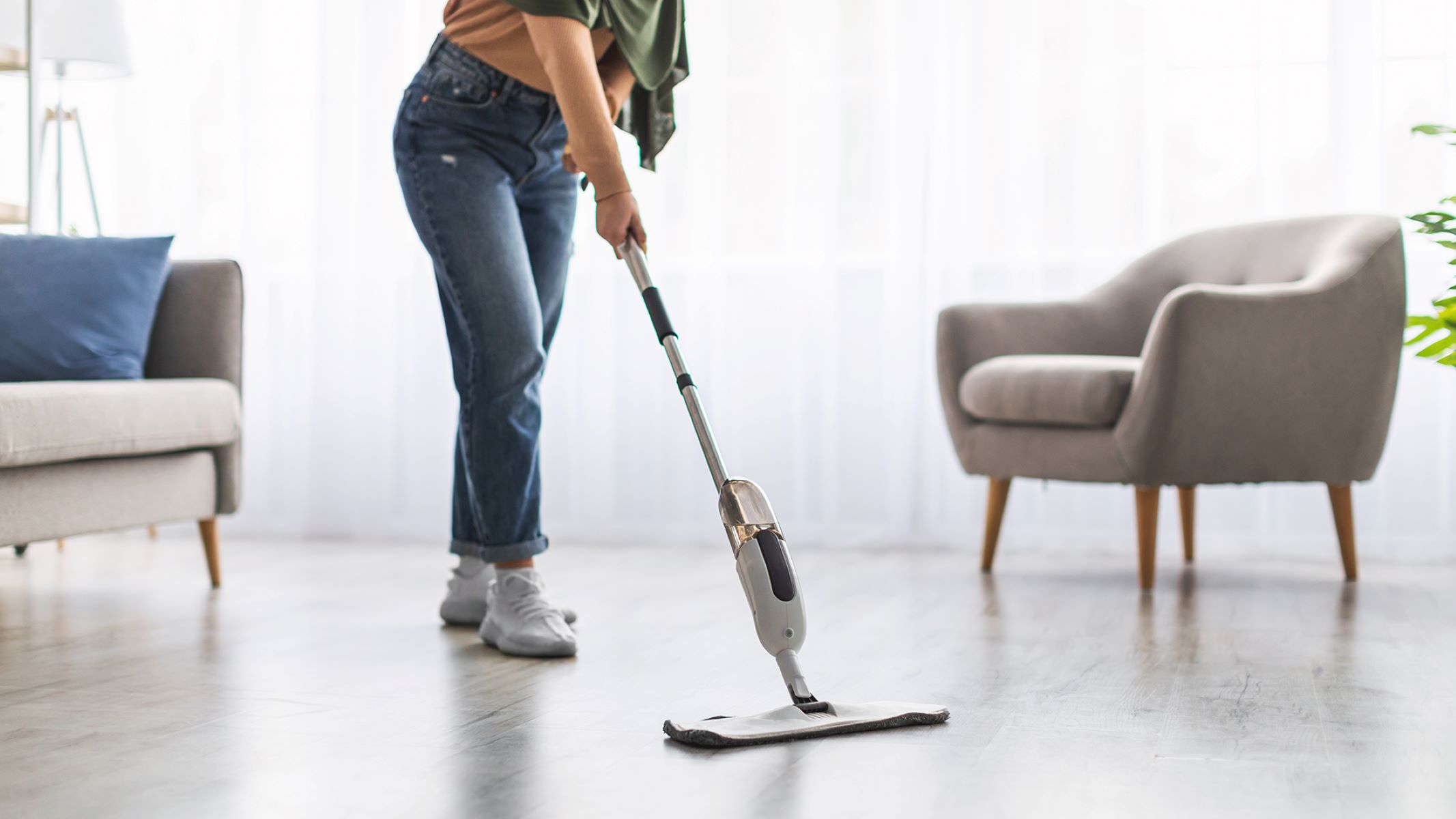


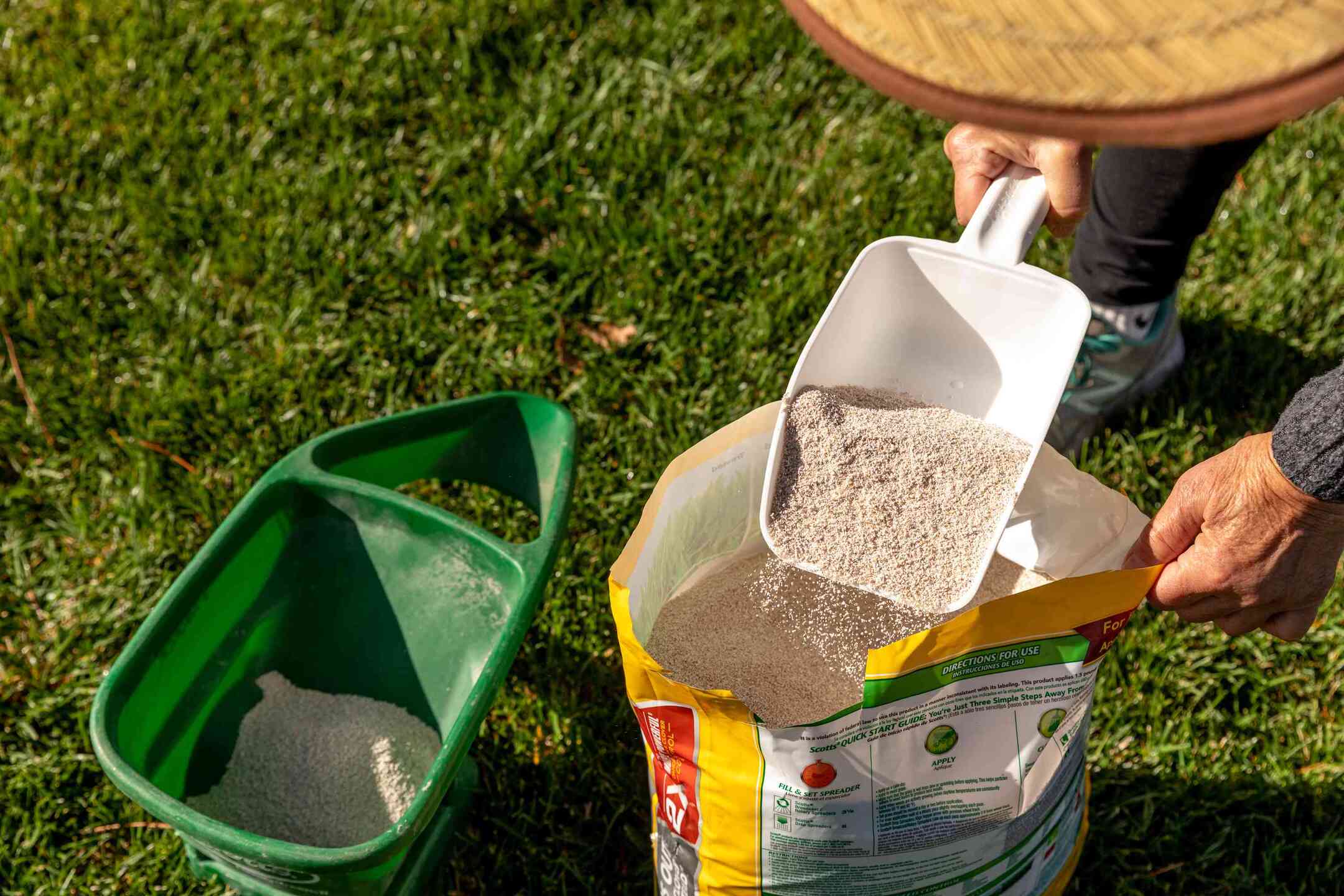
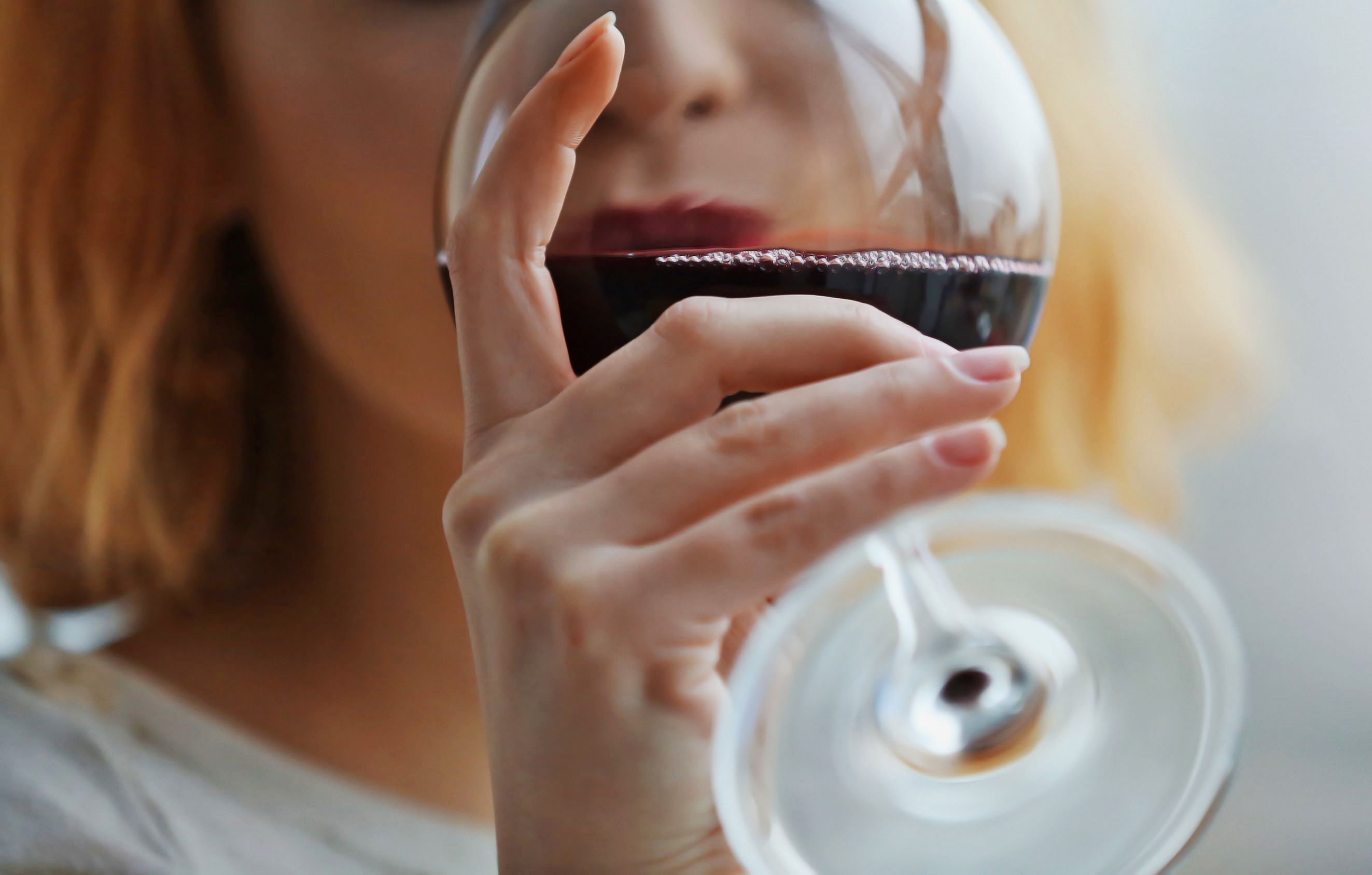
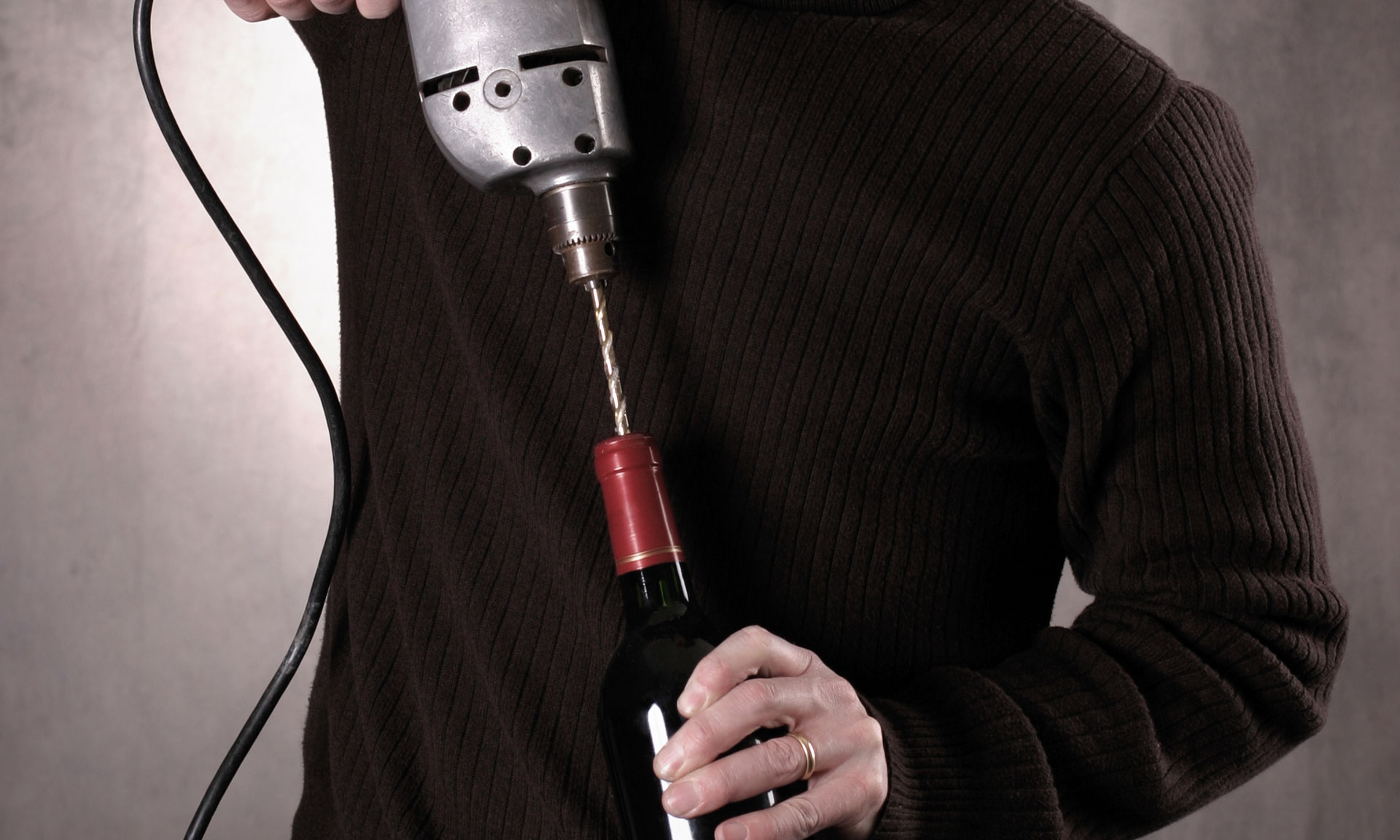
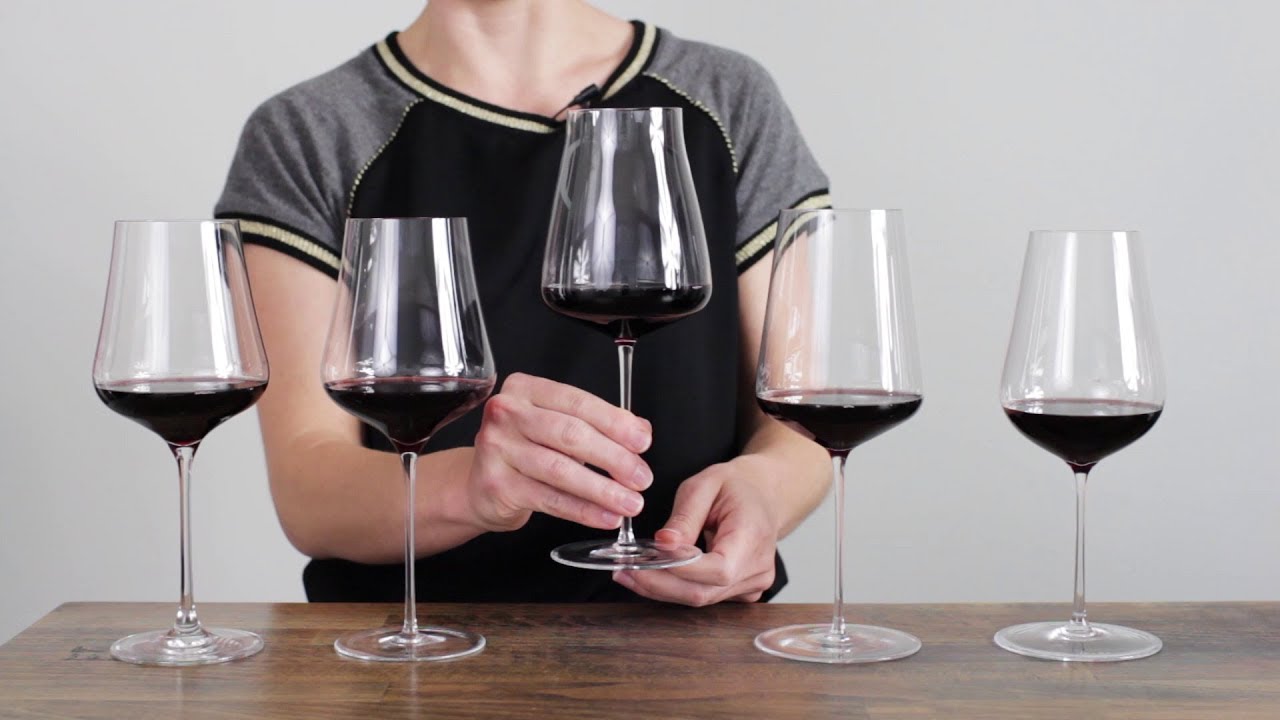





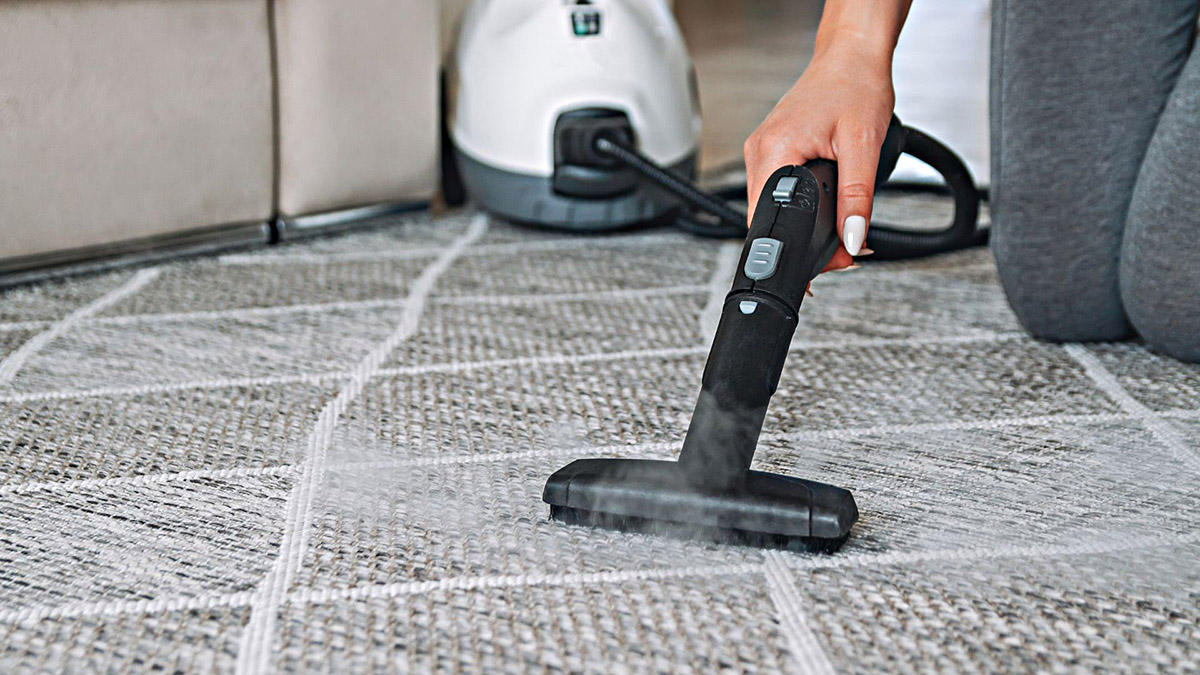


0 thoughts on “How Long After A Glass Of Wine Can I Take Benadryl”